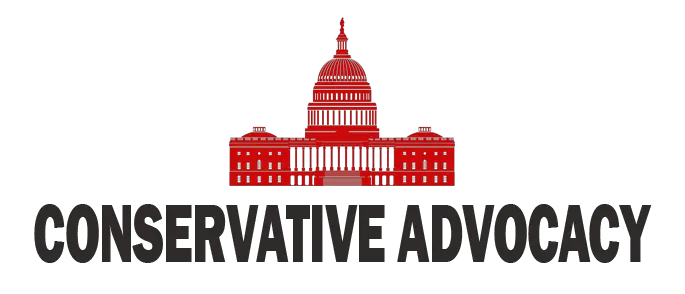The chatter surrounding the Department of Education has taken an exciting turn post-election, particularly with Donald Trump stepping into the presidential shoes once again. Supporters and skeptics alike seem to agree on one thing: the age of the feds meddling in education is about to face some serious upheaval, if not outright demolition. The odds may not favor an immediate dismantling of the 44-year-old agency, but the Republican-led Congress is expected to roll up its sleeves and embark on a series of quite noticeable changes, likely targeting the teacher unions and loosening the federal government’s grip on school choice funding.
Trump has long been a vocal critic of the Department of Education, much to the delight of conservative activists who have been itching to see it taken down a peg or, better yet, eliminated altogether. This desire isn’t rooted in whimsy; it stems from the agency’s fondness for liberal ideologies that many believe have deeply entrenched themselves in America’s education system. The mere suggestion that the Education Department could face significant reform or possible closure has become a rallying point for parents and taxpayers fed up with the bureaucratic machine that seems more concerned with social agendas than actual education.
Allies and foes of Education Department skeptical of Trump’s ability to abolish the agencyhttps://t.co/NbpJqC2HLM pic.twitter.com/xjxaYPUu1P
— The Washington Times (@WashTimes) November 27, 2024
Last week, South Dakota Senator Mike Rounds introduced a bill ambitiously titled to abolish the Department of Education—not just for show, but with the intent to redistribute its programs to other federal agencies that might, by sheer luck, know what to do with them. To see this legislation blossom into reality, Trump will need the backing of a slim Republican majority in both chambers, a challenge given that Democrats aren’t likely to roll over. The political landscape is never simple, and while some insiders are optimistic, others warn that opposition could force a more tempered approach, requiring Trump to make do with smaller but still impactful bills that could erode the Department’s influence.
Former Reagan-era education official Jeanne Allen suggests that dismantling this long-standing bureaucracy will require artful negotiations. After all, the federal government doesn’t just take down its own structures willy-nilly. With a budget ballooning from $18 billion in the ‘80s to a staggering $80 billion today, the bureaucratic web has gotten tangled, and Trump’s Education Secretary nominee, Linda McMahon, might need to roll up her sleeves and adopt a plumber’s mentality—striking at pipes until something leaks valuable reform opportunities.
In the realm of school choice, conservatives have spent years fighting to liberate federal funds from the iron grip of the Department of Education, which often skews funding in favor of public schools. With a potential shift towards federal savings accounts for families, real educational freedom could be on the horizon. Experts point out that redirecting federal education funds directly to state and local agencies could lead to better teacher salaries, higher educational quality, and—dare one say it—actual educational outcomes. It turns out that spending more money on bureaucratic overhead doesn’t necessarily translate to an educated populace, as demonstrated by the staggering funds allocated to Chicago’s schools while most of those funds vanish into administration rather than classrooms.
Naturally, opposition from the National Education Association (NEA) is as predictable as a rainy day in Seattle. They have wielded their influence in the past to safeguard lockdown measures that contributed to a dramatic drop in student achievement. The rhetoric from the NEA’s leaders suggests a robust defensive posture against Trump’s proposed reforms. However, conservative education advocates are braced for impact, with strategies ready to address mandatory union memberships that have prohibited genuine educational reform for far too long.
The situation remains fluid, and while the Trump administration’s first moves in education might be stalled by legislative hurdles, one truth remains clear: the status quo is under siege, and the educational landscape could soon see a dramatic restructuring. Whether through executive power or legislative finesse, the voices calling for authentic changes in America’s education system are louder than ever, driven by a determination to return education to local control and, ultimately, to prioritize the needs of students and parents over bureaucratic whims.




